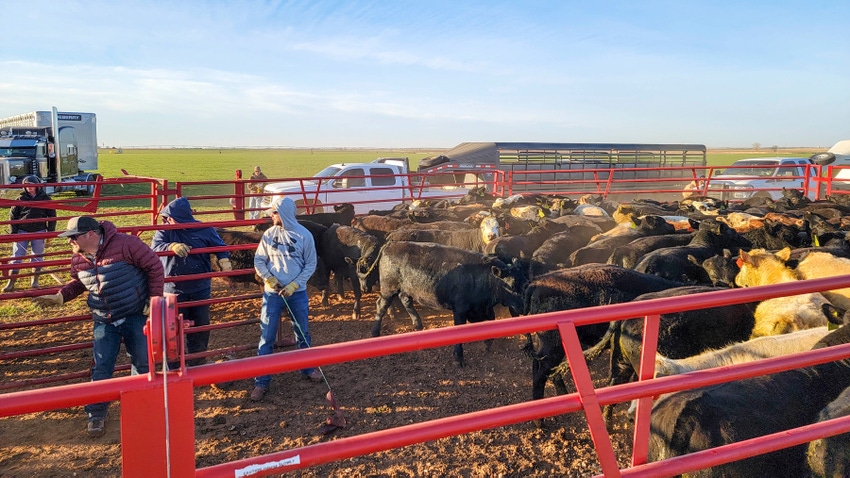Elevate Your Expertise with Bagley Risk Management
Elevate Your Expertise with Bagley Risk Management
Blog Article
Trick Factors to Take Into Consideration When Deciding On Livestock Danger Defense (LRP) Insurance Policy
When examining choices for Animals Risk Protection (LRP) insurance coverage, several vital aspects necessitate careful factor to consider to guarantee efficient threat administration in the farming industry. Selecting the right protection choices customized to your details animals procedure is vital, as is understanding exactly how premium expenses correlate with the level of defense provided.
Protection Options
When thinking about Livestock Threat Security (LRP) insurance policy, it is important to recognize the numerous coverage alternatives readily available to mitigate threats in the agricultural sector. Animals Danger Defense (LRP) insurance policy supplies various insurance coverage alternatives customized to meet the diverse requirements of animals manufacturers.
Another essential protection alternative is the endorsement period, which determines the length of time the coverage is in impact. Producers can select the recommendation duration that best matches their production cycle and market problems. Furthermore, insurance coverage levels and prices differ based on the kind of animals being guaranteed, giving producers the versatility to customize their insurance policy plans according to their particular needs.
Comprehending the different protection choices available under Livestock Threat Defense (LRP) insurance policy is important for manufacturers to make educated decisions that effectively secure their livestock procedures from market unpredictabilities.
Premium Expenses

Livestock Risk Defense (LRP) insurance coverage provides vital protection options customized to alleviate risks in the agricultural industry, with a significant element to consider being the estimation and structure of premium costs. These include the kind and number of livestock being insured, the insurance coverage level picked, the existing market rates, historic price information, and the length of the insurance coverage duration.
Insurance providers examine historic information on animals rates and production costs to determine an appropriate costs that shows the level of danger included. It is vital for livestock producers to very carefully assess premium expenses and protection alternatives to guarantee they are properly protected against possible financial losses due to negative market problems or unexpected occasions.
Qualified Animals
The resolution of qualified livestock for Animals Danger Protection (LRP) insurance protection includes mindful factor to consider of specific requirements and characteristics. Livestock types that are usually eligible for LRP insurance coverage include feeder livestock, fed livestock, swine, and lambs.
Feeder livestock, for instance, are commonly qualified for LRP insurance coverage if they fall within specified weight arrays. Lambs are an additional group of animals that can be taken into consideration for LRP insurance, with elements such as weight and age playing a critical function in identifying their qualification.
Prior to selecting LRP insurance coverage for animals, producers ought to thoroughly evaluate the qualification requirements described by the insurance coverage copyright to ensure their animals satisfy the necessary demands for coverage.
Plan Flexibility
Policy versatility in Animals Danger Protection (LRP) insurance policy allows producers to customize protection to suit their certain requirements and risk monitoring techniques. This flexibility equips animals manufacturers to tailor their insurance coverage policies based upon aspects such as the kind of animals they possess, market problems, and private risk tolerance degrees. One crucial element of policy flexibility in LRP insurance policy is the capability to select coverage levels that align with the producer's monetary objectives and take the chance of direct exposure. Producers can select protection levels that shield them versus possible losses as a result of variations in animals costs, guaranteeing they are sufficiently guaranteed without paying too much for unnecessary coverage. Furthermore, LRP insurance coverage uses adaptability in plan duration, permitting producers to choose insurance coverage durations that best fit their manufacturing cycles and marketing timelines. By offering personalized choices, LRP insurance coverage makes it possible for producers to successfully handle their threat exposure while safeguarding their animals operations against unanticipated market volatility.
Insurance Claims Refine
Upon experiencing a loss or damages, producers can launch the claims procedure for their Livestock Threat Protection (LRP) insurance policy by promptly contacting their insurance policy copyright. It is crucial for manufacturers to report the loss as quickly as feasible to speed up the insurance claims process. When getting to out to the insurance coverage supplier, producers will require to give thorough information about the incident, consisting of the date, nature of the loss, and any kind of relevant paperwork such as vet records or weblink market value.

After the evaluation is full, the insurance company will certainly choose relating to the insurance claim and communicate the outcome to the producer. The manufacturer will certainly receive settlement according to the terms of their Livestock Risk Security (LRP) insurance plan if the insurance claim is accepted. It is crucial for producers to be accustomed to the insurance claims procedure to guarantee a smooth experience in case of a loss

Final Thought
In final thought, when selecting Livestock Danger Defense (LRP) insurance policy, it is vital to consider protection alternatives, premium prices, qualified animals, plan flexibility, and the claims procedure. These key aspects will certainly assist make certain that herdsmans and farmers are properly shielded versus potential threats and losses linked with their livestock operations. Making an educated decision based on these considerations can ultimately result in better economic safety and comfort for livestock manufacturers.
Animals Danger Protection (LRP) insurance provides different coverage alternatives tailored to satisfy the diverse needs of animals producers.The determination of qualified livestock for Animals Risk Security (LRP) insurance policy protection involves careful consideration of details criteria and characteristics.Policy adaptability in Livestock Threat Security (LRP) insurance policy enables manufacturers to tailor coverage to fit their certain requirements and risk management approaches.Upon experiencing a loss or damages, manufacturers can initiate the insurance claims procedure for their Animals Risk Defense (LRP) insurance policy by promptly calling their insurance coverage service provider.In click over here now verdict, when choosing Livestock Danger Security (LRP) insurance, it is necessary to take into consideration insurance coverage choices, premium prices, eligible animals, plan flexibility, and the insurance claims procedure.
Report this page